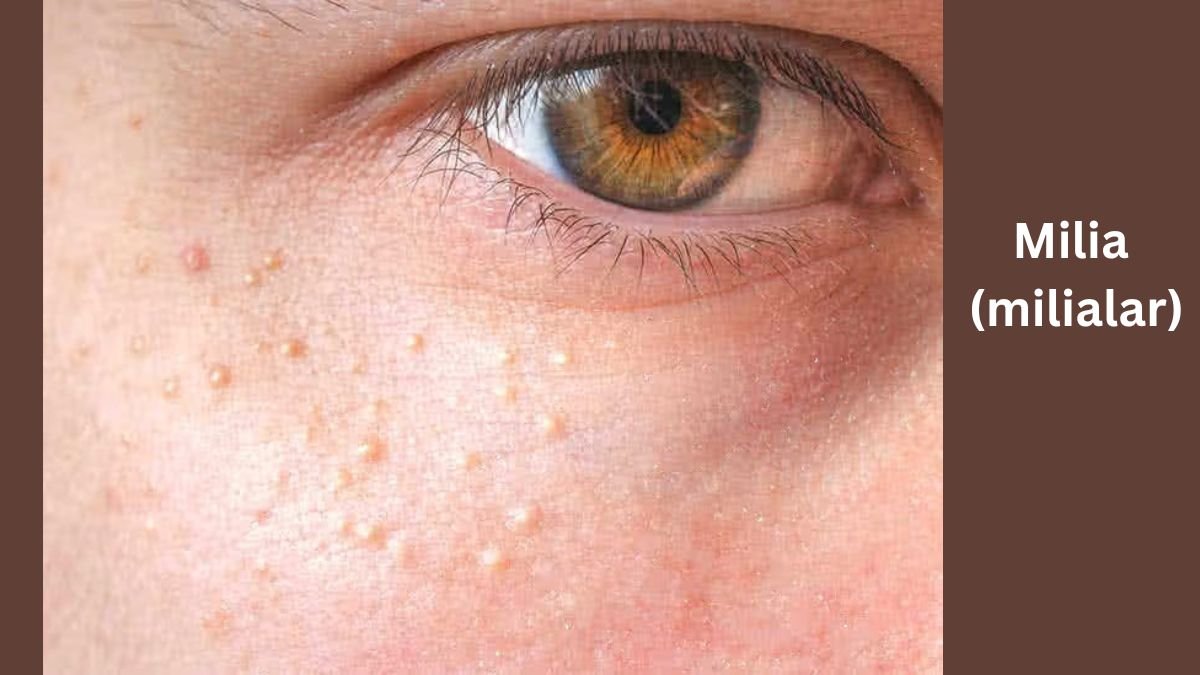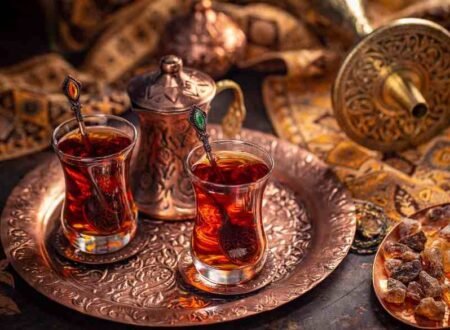
What causes tiny itches and how to stop them?
Although skin usually lets us in on how we’re doing (or not), from time to time it’s ahead of the game with certain things. One of these surprises takes the form of “Milk spots,” more known as ‘oilseeds.’ These slight often little white or pale yellow pustules may be irksome to those who encounter them. But that’s great! Come right into Milialar land with us right now.
What is Milialar?
Milialar is a tiny, rather painless (unlike a pimple) cyst that shows as white or yellowish bumps on the skin. Unlike acne, however, it lacks an opening or pore so squeezing is impossible. This kind of pimple is produced by dead skin cells that have been trapped just under the surface of your own body’s largest organ.
Milialar Symptoms and Signs Identification

Size and Color Variations
They look like tiny skin bumps the size of a pinhead. They are white or pale yellow and look like little pearls or oil seeds. These size and colour variations are typical of the disease as a whole.
Frequently Found Sites on the Body
Although milia can occur anywhere on the body, there are certain areas where it is particularly common. One of these sites is in the face; the cheekbones and around eyes area (detailed mapping). Other points where it commonly happens are around top lip or nose (Rhinophyma), forehead–to some limited extent; very rarely indeed on upper torso. Possibilities like these make us lovers of peace and wishful thinkers.
Problems that could occur
Miliaria can usually be ignored without being given a second thought because it is neither injurious nor bothersome. Eyelids or other especially visible places might make this condition worse or lengthen the time that it lasts, which would then result in some esthetic drawbacks.
Reasons for it
Milia is caused by various factors, including:
- Keratin overproduction and trapping
- · Keratin, a protein within the skin, can accumulate under its surface to form milia.
Stratum cornea distortions:
- Causes include skin trauma such as burns or exposure to the sun.
- Small cysts filled with oil and dead skin cells may produce very small milia.
- These can be caused by clogged glands or ducts.
Cosmetics and skin care products:
The truth is that a few cosmetics and skin care products, particularly heavy moisturizers and ointments not appropriate to your skin type, can very likely cause pores to become blocked or produce milium even worse than it is.
Genetics:
Two or three folk just happen to be born with a disposition that makes it more likely that they will get pilar cysts.
And if anyone else in your family has had one–either a brother or sister or parent–the chances are greater for you. Let’s call that a risk factor too.
Medical evaluation and diagnosis
The diagnosis of milia is usually made by a dermatologist or a similar specialist after a careful physical examination. They examine your skin very carefully, paying particular attention to the size, shape and color of the bumps. They sometimes use special tools such as dermatoscopes to look at things up close.
Health History
Your entire health history, medication use, and skin care routine play a role in full evaluation. A microscopic examination of a small piece of skin (biopsy) taken from one of the pimples (if necessary) may be performed. It is essential to make the correct diagnosis since there are multiple skin cconditions that can look like milia. This underscores the value of professional evaluation and guidance.

Various types of milia
Milia are divided into a few categories by their primary sources:
First Milia
The most common form is primary milia. This type can affect people of all ages.
When sweat ducts are closed by dead skin cells, milia form.
Secondary Milia:
Secondary milia may result from skin injury or wounds like burns or blisters. They can also occur after some methods of skin treatment, such as dermabrasion or laser resurfacing.
Neonatal milia:
A frequent illness that affects newborns soon after birth is milia. These small cysts pose no threat to health in most cases and typically vanish on their own within a few weeks.
Milia en Plaque:
This rare type of milia is characterised by a cluster of them covering an inflamed and elevated area of skin.
Armed Forces Age Factors
- Our skin changes as we age. This includes milia, a skin condition. Though milia can affect anyone, the developmental law of age often seems to influence it more than any other single factor.
- Aging naturally is another factor. As we get older, our skin replenishes new cells and does away with old cells less potently. As a result, keratin may become trapped under the skin and express itself as lumps resembling milia.
- Sun exposure is also a concern in ageing; prolonged exposure to the sun destroys skin collagen and elastin. This can result in milia and delayed cell renewal.
- As age advances, hormones will influence milialar growth~. Changes in menopausal hormone levels or hormone imbalances could affect sebaceous production and elevate milia.
- Inadequate diet and smoking may worsen current symptoms or render them more difficult to remedy.
- To avoid and resolve at any age milialar issues, know its age-related aspects.

Miliarlar Treatment Alternatives
Its treatment may differ according to the duration, size and location of the condition. Some established treatments include:
Automatic Correction:
No particular treatment is usually required, and it generally goes away by itself.
Dermatological cosmetic procedures:
Depending on the degree of invasiveness, dermatologists can get rid of small warts using methods such as cryotherapy (freezing), laser treatment, chemical peels, or microdermabrasion.
Using Retinoid on the Skin
Topical application of Retin-A and other retinoid, such as Citrus Clear’s Spot Treatment, can sometimes help to remove milia.
Home remedies:
Milia at home with gentle exfoliation are a good way to get rid of and one’s skincare routine can be improved.
Preventative measures and DIY cures
Throughout this paper the author will present natural solutions and preventive measures to help you deal with or avoid the following:
- Milialar can be avoided by taking precautions against sunlight, such as covering up or using sunscreen whenever possible.
- Lactic acid, salicylic acid, and benzoyl peroxide are Over-the-counter drugs that can help to decrease the look of milia.
- Oral Antibiotics: If the illness is severe enough, a doctor may prescribe an oral antibiotic such as doxycycline or amoxicillin.
Conclusion
Milialar is generally safe, yet some may find it unsightly or distasteful. This guidebook covers the entire spectrum, from its causes to the means of treatment and methods for prevention. A dermatologist should decide the best course of therapy for chronic or difficult-to-treat milia. The onset of milia can arrest and one need only look after once-good skin to keep it that way.
FAQ’s
Feeling the same, does it hurt?
Don’t be silly. Although more of a cosmetic concern than any actual pain.
Can I prick a pimple that looks like these?
The condition has no opening or pore so trying to squeeze one could annoy the skin and even lead to infection. Professional help is a must.
Does Milia itself simply fade away?
Occasionally betters of their own accord. However, in unusual cases, they may last for quite a long time.
Is there any other approach than traditional treatment for Miliaritia?
As for milia removal, a chemical peel, use of retinoids or topically through a dermatologist’s professional extraction. Diagnosis and treatment methods are based on the kind and severity of milia infestation.
Are there any home remedies for Milia?
Although some people may make their ideas, like warm compresses as an example; in order to gain a precise diagnosis and program of treatment you must visit a dermatologist regularly.






